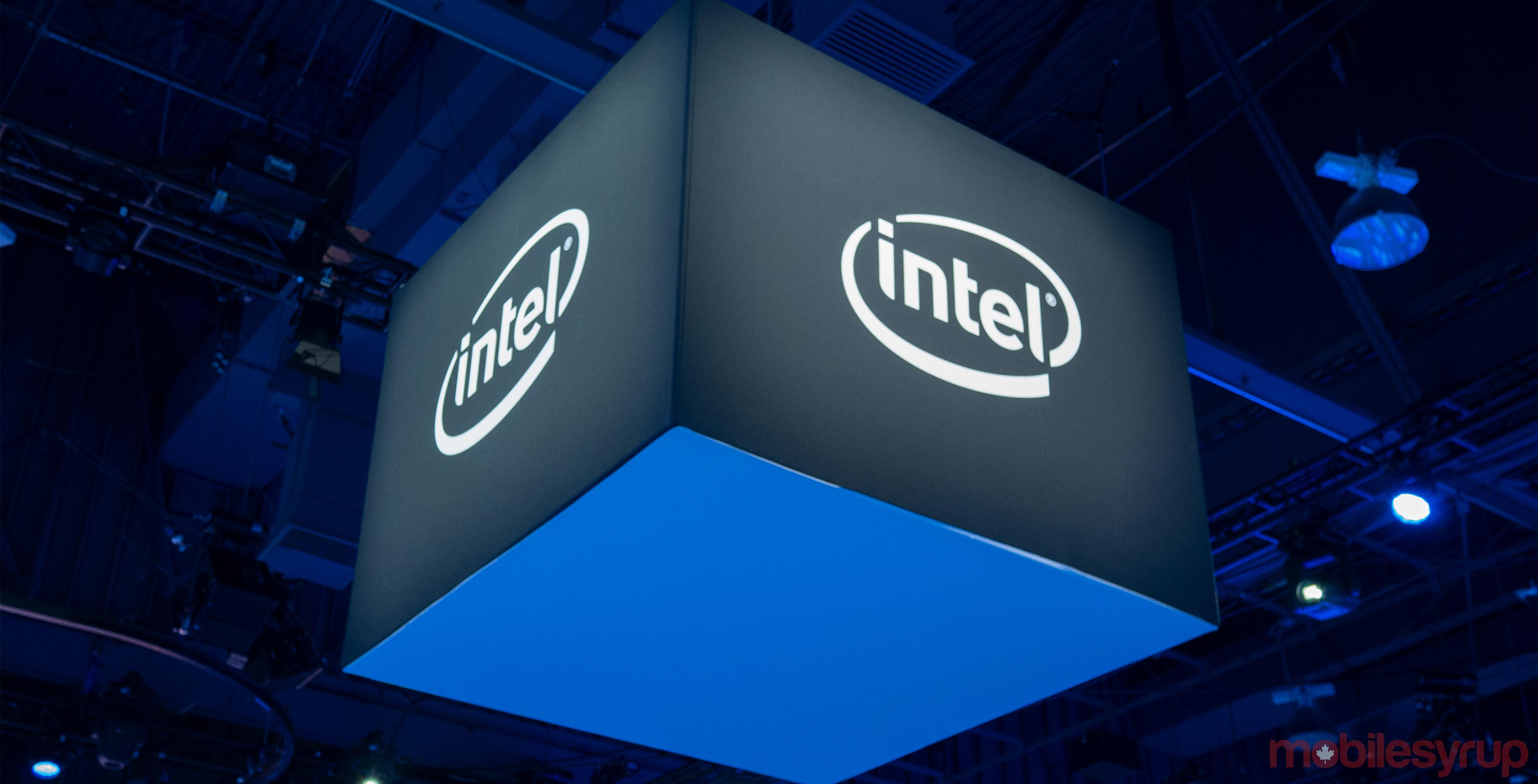
Intel has admitted that it set an overly-ambitious goal for its 10nm process node, according to Bob Swan, CEO of Intel, at Fortune’s Brainstorm Tech conference in Aspen, Colorado.
Swan clarified to the audience that the company underestimated the challenges to achieve its 10nm node’s 2.7x transistor density improvement over the current 14nm.
“At a time when it gets harder and harder, we set a more aggressive goal. From that, it just took us longer,” said Swan.
The CEO also shed light on Intel’s 7nm development.
“The short story is we learned from it, we’ll get our 10nm node out this year. Our 7nm node will be out in two years and it will be a 2.0X scaling so back to the historical Moore’s Law curve.”
However, while there is no doubt that Intel is inching towards its milestones, the giant nonetheless forced itself into a corner with the old 14nm node since 2015.
Four years later at Computex 2019, AMD finally seized the opportunity to surpass Intel in power efficiency and bragging rights through the highly-anticipated 7nm Ryzen 3000 series processors.
In many ways, AMD took the public by storm with the new Ryzen announcement. It was a tremendous marketing success that nearly stole the spotlight away from Intel’s new line of 10nm laptop processors scheduled for 2019 market launch.
Unlike Intel, which has its own fab division, AMD became a fabless semiconductor company in 2009. Since then, AMD relied on contract-manufacturers like GlobalFoundries (AMD’s former fab division) and TSMC to make its CPUs and GPUs.
AMD could switch back and forth to take advantage of TSMC’s ambitious roadmap or mitigate setbacks such as GlobalFoundries’s abrupt cancellation of its 7nm node. In other words, by the time Intel drags its 7nm processors into the market, AMD might have stepped into the 5nm age.
On top of this, Ryzen’s modularity also has a sizable edge in manufacturing cost and architectural flexibility. Compared to an Intel Core i9/i7/i5/i3 processor based on a monolithic die, a Ryzen processor uses a chiplet approach that allows AMD to stitch parts together and create a new product.
Source: PC Gamer
MobileSyrup may earn a commission from purchases made via our links, which helps fund the journalism we provide free on our website. These links do not influence our editorial content. Support us here.


